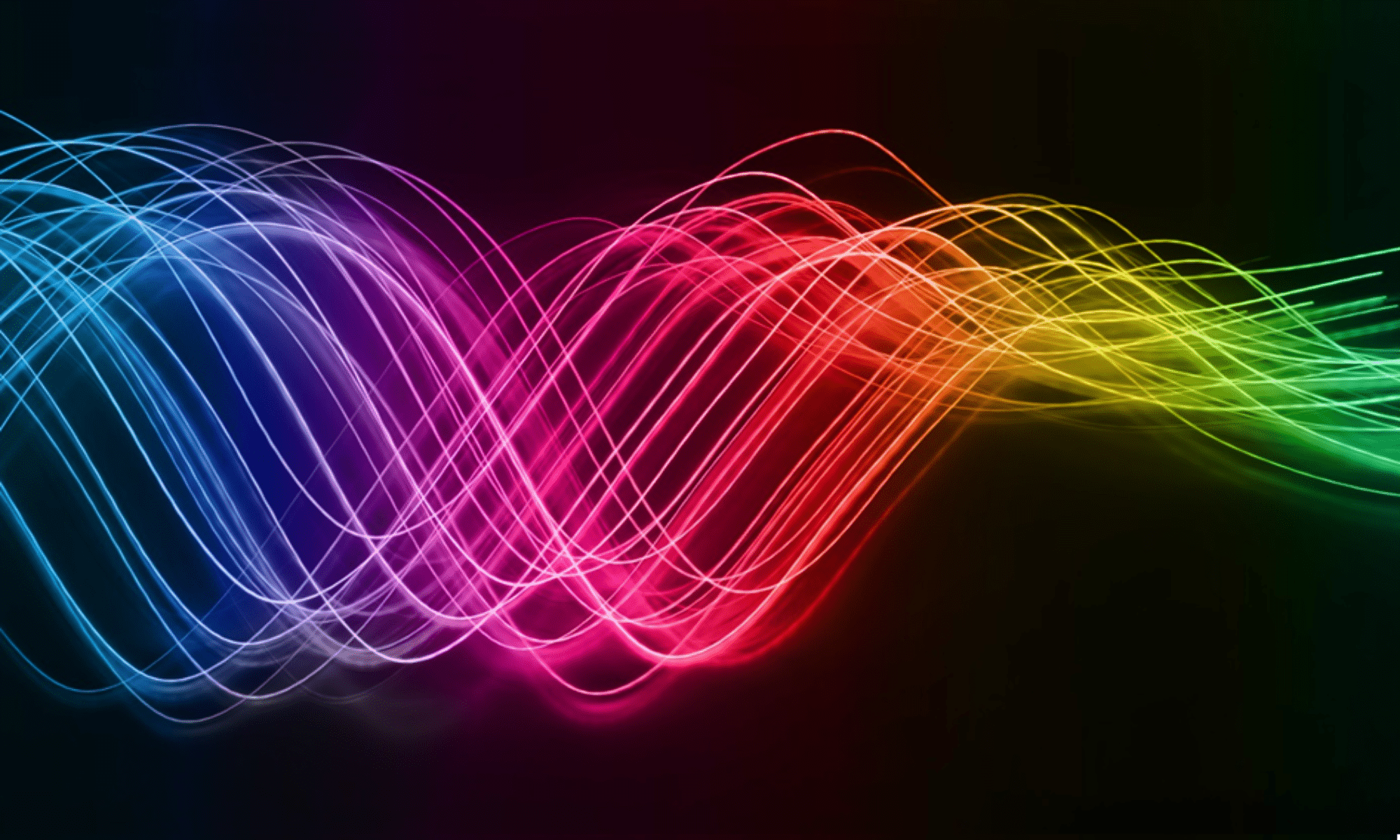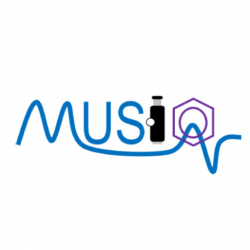Each ESR will undertake secondments at other MUSIQ beneficiaries or partner organisations. and will be exposed to at least three different research environments. All secondments are planned to guarantee that the ESRs will gain knowledge, learn techniques and/or use model systems not available in their host institutions.

ESRs’ secondment testimonials
Imaiyan Chitra Ragupathy (ESR 14/16) from the University of Konstanz had his first secondment at Cardiff University for a period of 3 months. Due to covid-19, the secondment took place online where he got training on Stimulated Raman Scattering (SRS) microscopy image analysis.
During his secondment, he had an opportunity to understand how the hyperspectral image analysis is performed using Hyperspectral Image Analysis (HIA) software developed by people at Cardiff University.
As a starting point, he was introduced to the features available in HIA. With the hyperspectral SRS dataset available, he started analyzing the data where he gained valuable knowledge in various pre-processing and motion artifacts removal methods available in HIA. Further, he obtained a good understanding of how multivariate spectral analysis were implemented using HIA.
The experience gained by Imaiyan during the secondment will help him in using HIA for different hyperspectral SRS datasets available and further, by implementing various multivariate analysis techniques and optimize the existing pre-processing methods to get better unmixing of spectra in the future.
During my first secondment as a member of the MUSIQ consortium, I spent a month in Vilnius, Lithuania, at one of the partners of the consortium, namely Light Conversion (LC). LC is a pioneer in femtosecond OPAs and Yb-based femtosecond laser sources. Currently, it is one of the world’s leading manufacturers of femtosecond lasers. The company was founded in 1994 and has its roots in the laboratories of Vilnius University, at the moment has about 300 employees, but these numbers will be doubled in a few years. Within the Vilnius headquarters, LC takes care of the realization of their products from A to Z, manufacturing almost all components directly on site. Their products find application in various fields, such as industrial, scientific and even in the medical field, where they can be used for ophthalmological surgeries.
In Vilnius I had the opportunity to work directly with Dominykas (ESR15) and test the system composed by the Pharos laser and the Orpheus-F optical parametric amplifier (OPA) by LC. The laser emits 20W of light at 1030nm at a tunable frequency (from a single shot to 200kHz), with a maximum pulse energy of 100uJ and pulse duration of 100fs. 18 of the 20W are used to pump the OPA, which can emit light in a wavelength range of 650-900nm and 1200-2500nm. As main result of this test we can mention the fact that this system allowed us to obtain a field of view (FOV) for wide-field SHG three times larger than that previously obtained by me in my laboratory at the Fresnel Institute in Marseille (Fig.1). We also had the opportunity to implement the experimental setup to perform wide-field CARS measurements and an FOV of about 700x700um was easily obtained. These results are particularly promising for the use of the combo Pharos Laser – Orpheus OPA for my PhD thesis project and for the application of the same in the field of wide-field microscopy.
Jan’s (ESR13 at GSK, UK) first secondment successfully took place at the University of Konstanz in October 2020 albeit, the secondment took place approximately half a year later due to Covid-19 outbreak.
This training was a cornerstone in Jan’s research in non-linear optics. Therefore, the first SRS training with guidance provided by prof Andreas Zumbusch at the University of Konstanz, who is a long-time leader in Raman-based techniques, CARS and SRS, had been planned.
Jan spent 5 weeks in Konstanz to gain theoretical and practical training in Raman spectroscopy with strong emphasis on stimulated Raman scattering (SRS) microscopy. SRS training was conducted on state-of-the-art CARS/SRS microscope instrumentation Leica TCS SP8.
The outcome of this training has indeed deepened Jan’s theoretical knowledge. Moreover, with the support from Andreas Zumbusch’s team, experimentally, Jan has learned to work self-sufficiently on the SP8 system, and he now continues in his experimental work at GSK R&D site at Stevenage, UK.
Both secondment parties have agreed on active and periodical meetings to discuss all aspects of SRS work from experimental setup to data interpretation discussions and laying out ground works towards further scientific collaboration and building a robust collaboration network.
The secondment at Konstanz University this year allowed me to get detailed training and information about low signal detection. When designing and building an optical experiment, the detection setup is as important as the experiment itself. Firstly, it requires a detector to convert light, which is used to investigate our samples, into an electrical signal. Secondly, this electrical signal needs to be further treated and processed to separate the irrelevant information it contains from the information that is important to us. The disturbing information is everything except the signal from the specimen and is called noise. A good comparison is talking into a microphone, where the voice is the relevant signal and wind, background sounds, etc. are the equivalent to the electrical noise in the overall signal. Especially when strong winds or disturbing sounds are present, it might be impossible to understand what is said by the person in front of the microphone, and the same accounts for our signals from the detector. Luckily, there are devices called lock-in amplifiers that can get rid of all the unwanted noise and provide us with the desired signal. This works by analysing the overall signal in the frequency domain and filtering it there, knowing that the desired signal from the specimen is modulated with a certain frequency. Analogously, when knowing the voice pattern of the person speaking into the microphone (i.e., if the person has a high or deep voice with a certain frequency pattern), a separation from background sounds will also be possible in post processing, working in a similar way. Suddenly, one can understand the person again and clearly see the signal from our specimen. However, working with lock-in amplifiers and other devices for noise filtering to detect signals with high sensitivity at the current technological limit requires detailed knowledge about them, which I have gained in Konstanz and implement in the experimental setups that I am building in Luxembourg right now.

